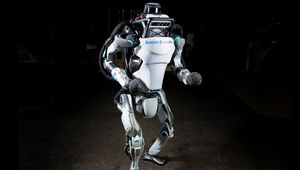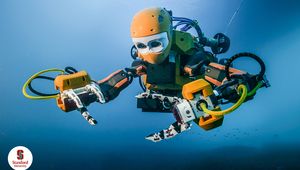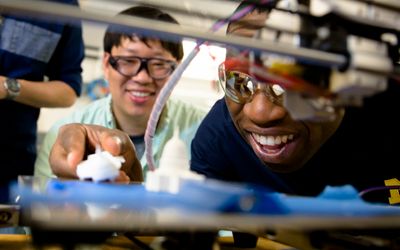TDK InvenSense DK-42370-P Sensor Development Kit
High-performance 3-axis MEMS motion tracking device designed for IMU ICM-42370-P.
Technical Specifications
| Product | Development Kit |
| Type | 3-Axis Accelerometer |
| For Evaluation Of | IMU ICM-42370-P |
| Interface Type | I2C, I3C, SPI, Serial |
| Operating Supply Voltage | 1.8 V to 3.3 V |
| Operating Temperature | -40°C to 105°C |
| Applications | Cameras, Appliances, Consumer and Medical Wearables (IoT) |
Overview
The TDK InvenSense DK-42370-P is a sensor development kit designed to streamline the evaluation and development process for the ICM-42370-P, a high-performance 3-axis accelerometer. This accelerometer is a MEMS motion-tracking device with various applications including consumer and medical wearables, cameras, and appliances. The DK-42370-P kit offers configurable host interfaces like I3C, I2C, and SPI for serial communication.
It also integrates a Microchip Technology SAMG55 microcontroller, eliminating the need for external programming tools. The development kit includes software like MotionLink, a GUI-based sensor evaluation tool, and embedded motion drivers for the ICM-42370-P. With these tools, developers can configure sensor parameters, access data, and tailor the sensor for their specific applications.
DK-42370-P Sensor Development Kit Features
Hardware Interface
The TDK InvenSense DK-42370-P Sensor Development Kit is designed to expedite the evaluation and development of applications using the ICM-42370-P, a high-performance 3-axis MEMS accelerometer.
The kit offers a variety of host interface options, including I3C, I2C, and SPI. These interfaces are configurable with speeds of 12.5MHz for I3C, 1MHz for I2C, and 24MHz for SPI. This flexibility allows developers to connect the sensor to various host devices using their preferred communication protocol. The development kit features up to 2.25 KB FIFO and 2 programmable interrupts with ultra-low power wake-on-motion support to minimize system power consumption.
The DK-42370-P is built to withstand high-g forces up to 20,000g. This makes it suitable for applications in demanding environments where the sensor may experience shock or vibration. The MEMS structure of the sensor is hermetically sealed and bonded at the wafer level, safeguarding it from environmental contaminants and enhancing reliability. Additionally, the development kit adheres to Restriction of Hazardous Substances (RoHS) standards, making it an environmentally friendly choice.
Software Features
The DK-42370-P uses MotionLink, a GUI-based sensor evaluation tool. This software allows users to visualize and analyze sensor data in real time using a graphical interface. MotionLink simplifies the process of understanding sensor behavior and evaluating its performance.
The development kit also includes pre-written software components (embedded motion drivers) specifically designed for the ICM-42370-P. These drivers simplify sensor integration and configuration by providing functions to control aspects like output data rate, full-scale range, and power mode.
Developers can tailor the operation of ICM-42370-P to their specific needs through the provided software tools. These tools allow for adjusting settings and retrieving sensor readings, enabling developers to fine-tune the sensor for their application.
Applications
TDK InvenSense DK-42370-P Sensor Development Kit empowers developers to create a variety of applications that leverage the high-precision motion tracking of the ICM-42370-P accelerometer. The compact size and low-power features make it suitable for fitness trackers, smartwatches, and medical wearables for monitoring activity, sleep patterns, and vital signs.
The sensor's ability to detect orientation and motion can be used for image stabilization in cameras, ensuring clear photos and videos even with shaky hands. Integration into appliances like washing machines or refrigerators allows for features like automatic shut-off upon detecting inactivity or adjusting power consumption based on motion.
The DK-42370-P can be used in various IoT devices to sense motion, vibration, and orientation. This data can be used for applications like smart homes, security systems, and industrial automation.
Where to find it

Mouser Electronics
Mouser Electronics is a worldwide leading authorized distributor of semiconductors and electronic components.











